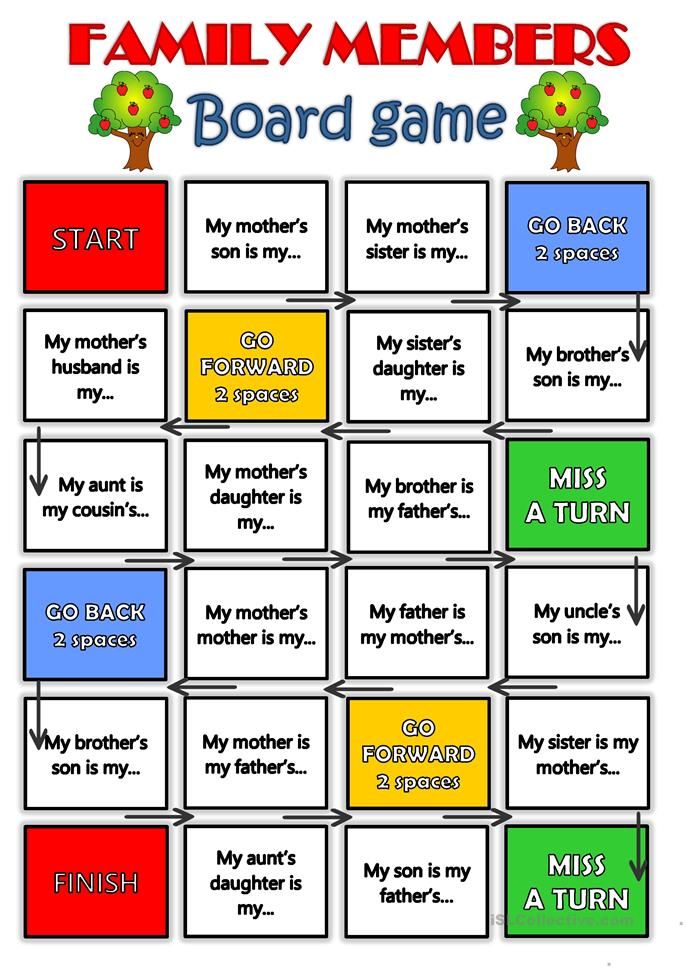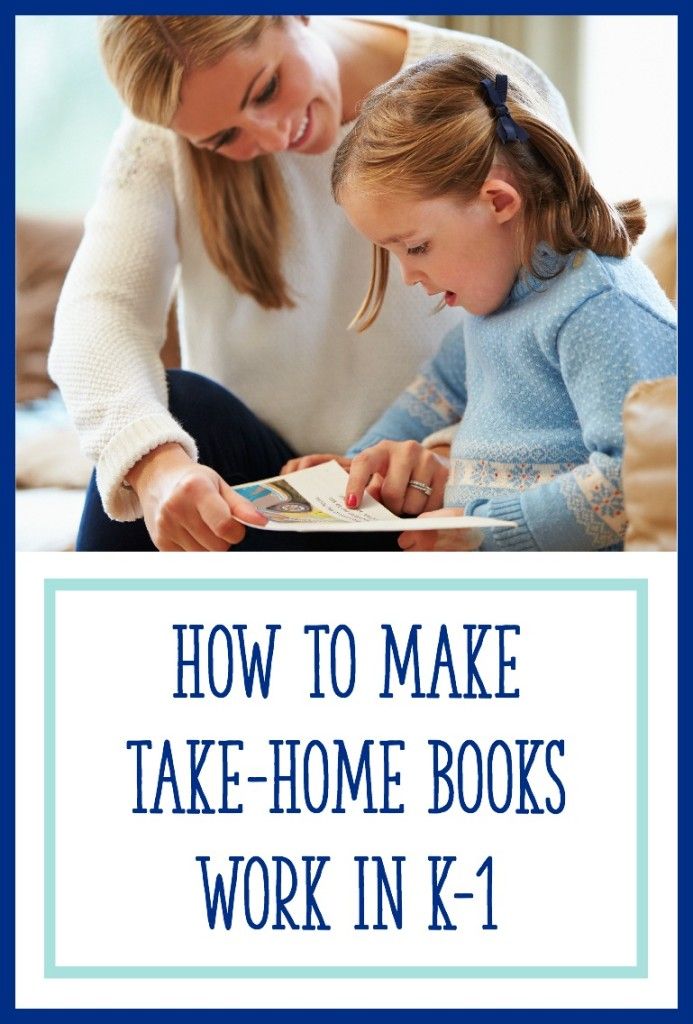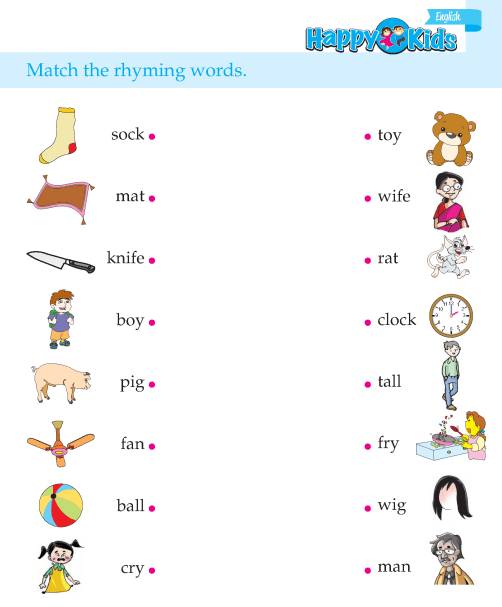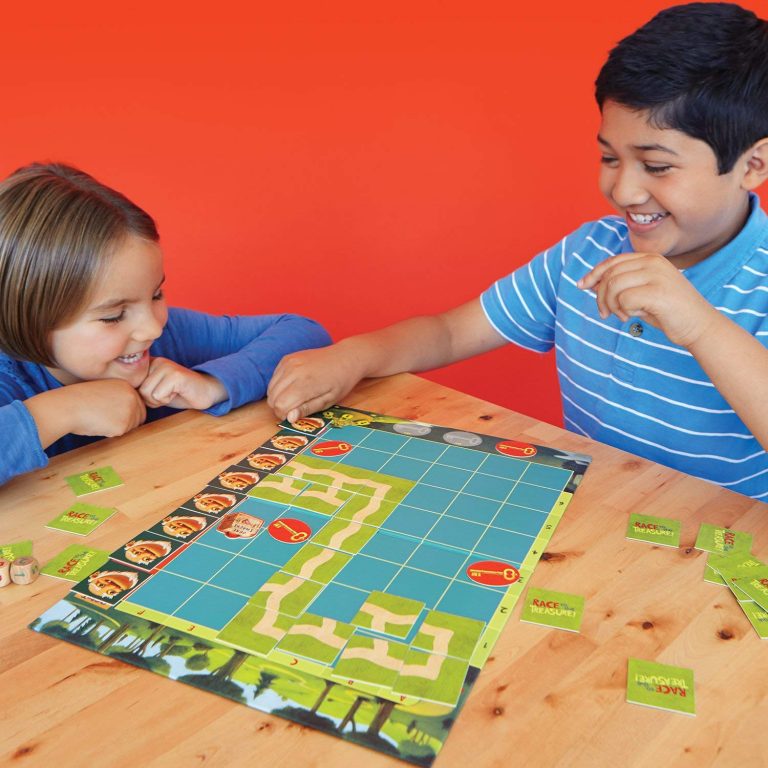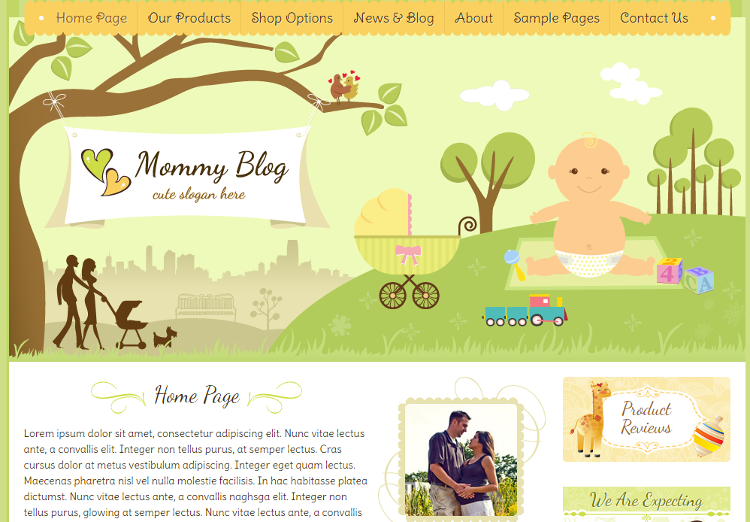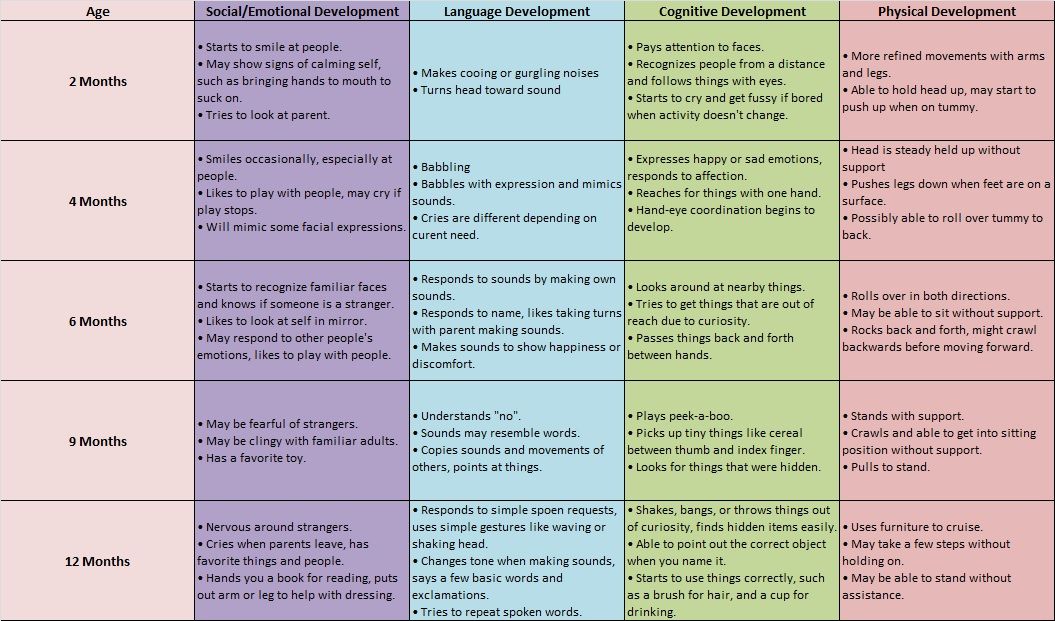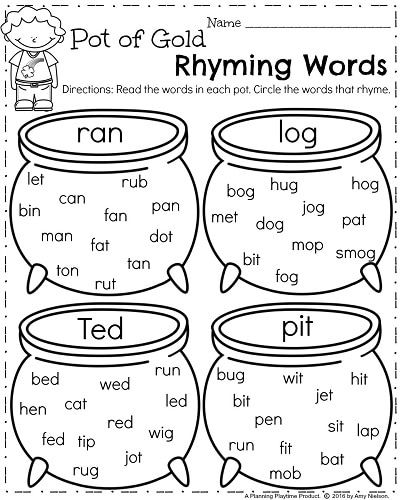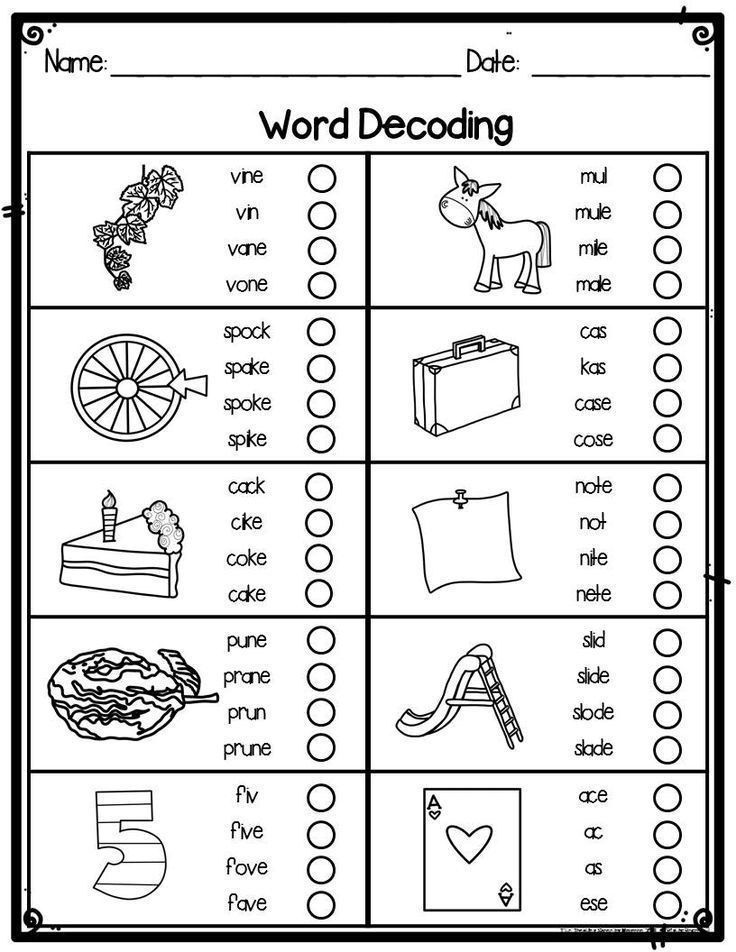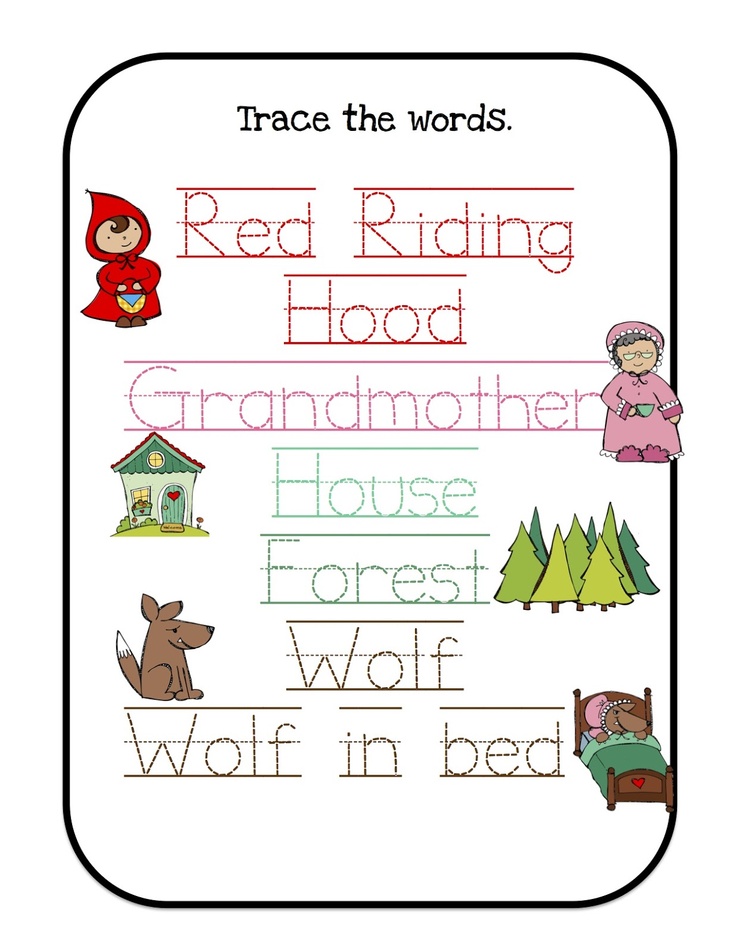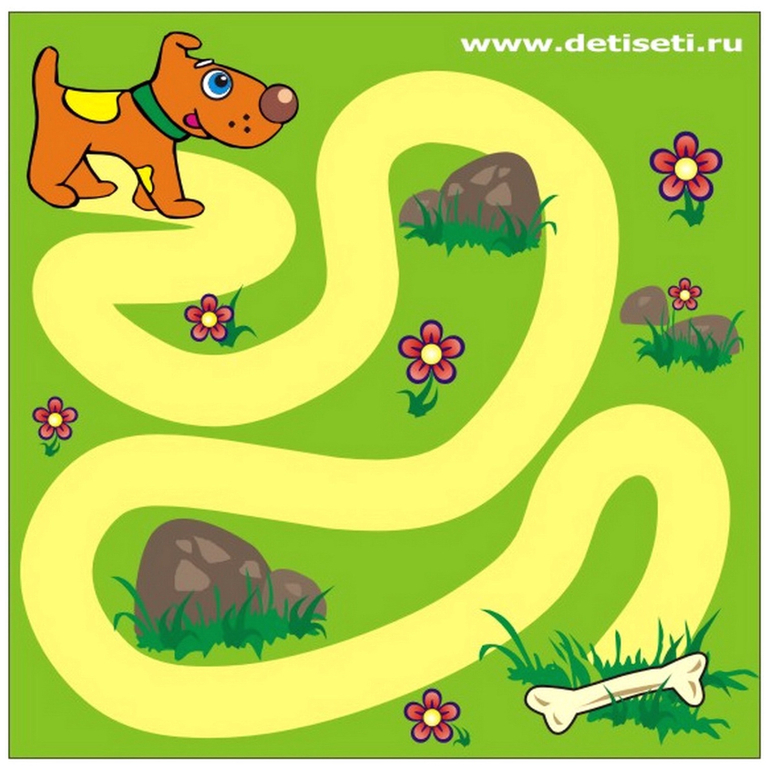Games that teach kids to read
7 Best Literacy-Boosting Board Games
Would you like to spend more time together with your family? Do you want your kids to build their literacy skills? You can actually achieve both goals with these family board games.
1. Tall Tales: The Game of Infinite Storytelling
Ages: 4+
There are several ways to play this storytelling game. My family likes the tell-a-group-story method. Players randomly select a few of the playing pieces and then one scene card is turned over. Each player takes a turn adding to the story, integrating one of their playing pieces into the story each time. The stories get very creative and silly.
Tip: Use the game pieces to create a writing experience. Have your child randomly select three icon pieces and turn over one scenery card. Then, have your child write a story based on the objects and scene selected.
2. Sequence Letters
Ages: 4+ (best for kids who need to work on letter sounds and beginning sounds)
This game is part strategy and part letter sound identification. Players have to match pictures of objects with beginning letter sound cards. For example, if you have a "V" card you cover the volcano picture with a chip. The goal is to cover five spaces in a row to win.
Tip: Challenge your kids to think of other words that begin with each letter sound. See how many words can be named in 30 seconds; each player scores points for each correct word. This allows for two winners in each game.
3. Hedbanz
Ages: 7+ (younger verbal kids too)
Hedbanz is a game that will generate lots of laughs. Each player wears a card on their headband and asks yes/no questions to determine the pictured object. The key is to guess the answer in as few questions as possible.
Tip: This is a great game to use with kids who have speech and language challenges. They will work on formulating questions and picking specific vocabulary.
4. Boggle
Ages: 8+
Playing Boggle takes me back to my childhood. I vividly remember the sound of letter cubes shaking around in the plastic box. If your kids like word searches, then Boggle is their game. Shake the letters and see how many words can be found in a short of amount of time. The real challenge is finding words that other players don't spot. Shake and repeat.
I vividly remember the sound of letter cubes shaking around in the plastic box. If your kids like word searches, then Boggle is their game. Shake the letters and see how many words can be found in a short of amount of time. The real challenge is finding words that other players don't spot. Shake and repeat.
Tip: Challenge your family to learn two new words each game. It might be fun to focus on words with same prefix or suffix and talk about how the words are related.
5. Scrabble
Ages: 8+
For most, the first word game that comes to mind is Scrabble. The game has been around since the 1940s. The neat thing about this word-building game is that it also builds math skills. Players strategize high point letter tiles to use on the board in just the right places.
Tip: Try Bananagrams, Wordical, or Quiddler which are all spinoffs of the classic Scrabble game.
6. Read My List!
Ages: 8+
Read My List! is another game that has multiple variations.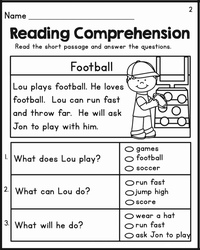 You can play a round where you list as many words you can think of to fit into a certain category. Another variation is to listen to a list of things and then guess the category. Finally, players can do a lightning round where they compete back and forth to name items in a category until someone gets stumped.
You can play a round where you list as many words you can think of to fit into a certain category. Another variation is to listen to a list of things and then guess the category. Finally, players can do a lightning round where they compete back and forth to name items in a category until someone gets stumped.
Tip: To include younger children, play without racing each other. The lightning round and list rounds would be appropriate for children over age four.
7. Apples to Apples Junior
Ages: 9+ (younger strong readers could also play)
My personal favorite on this list is Apples to Apples Junior. There are two stacks of cards. The green set contains descriptive words such as kind, cool, and bold. The red set contains people, places, things, and events. Each round, players choose the best red card from their hand to compliment the green card word. The judge selects the favorite played card as the winner of the round.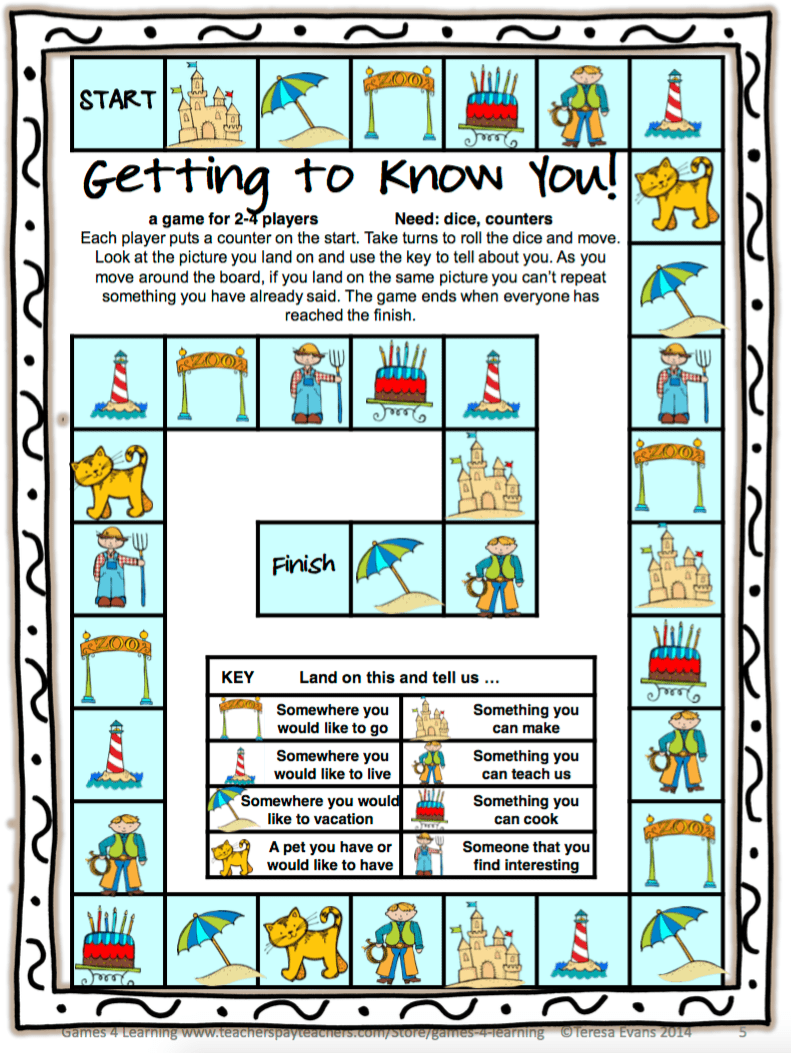
Tip: Use the blank cards that come with the game to add vocabulary words your kids are currently studying.
Have fun building literacy skills and enjoying time with your family with one of these games.
Six Games for Reading | Reading Rockets
Here are six games parents or tutors can use to help young readers practice word recognition, spelling patterns, and letter-sound knowledge. When planning to play one of these games, choose words to use from books the child is reading or has read recently. The games should also be chosen or designed to promote the child's sense of competence and success.
1. Concentration
To make
Select five to ten words from a book (or books) the child is reading. Print each word clearly and boldly on separate 3x5 inch index cards, making pairs of each word. (The child may be able to help you by copying the words you write.)
To play
Shuffle the cards and place them face down in neat rows. Take turns turning up two cards at a time and reading the words aloud.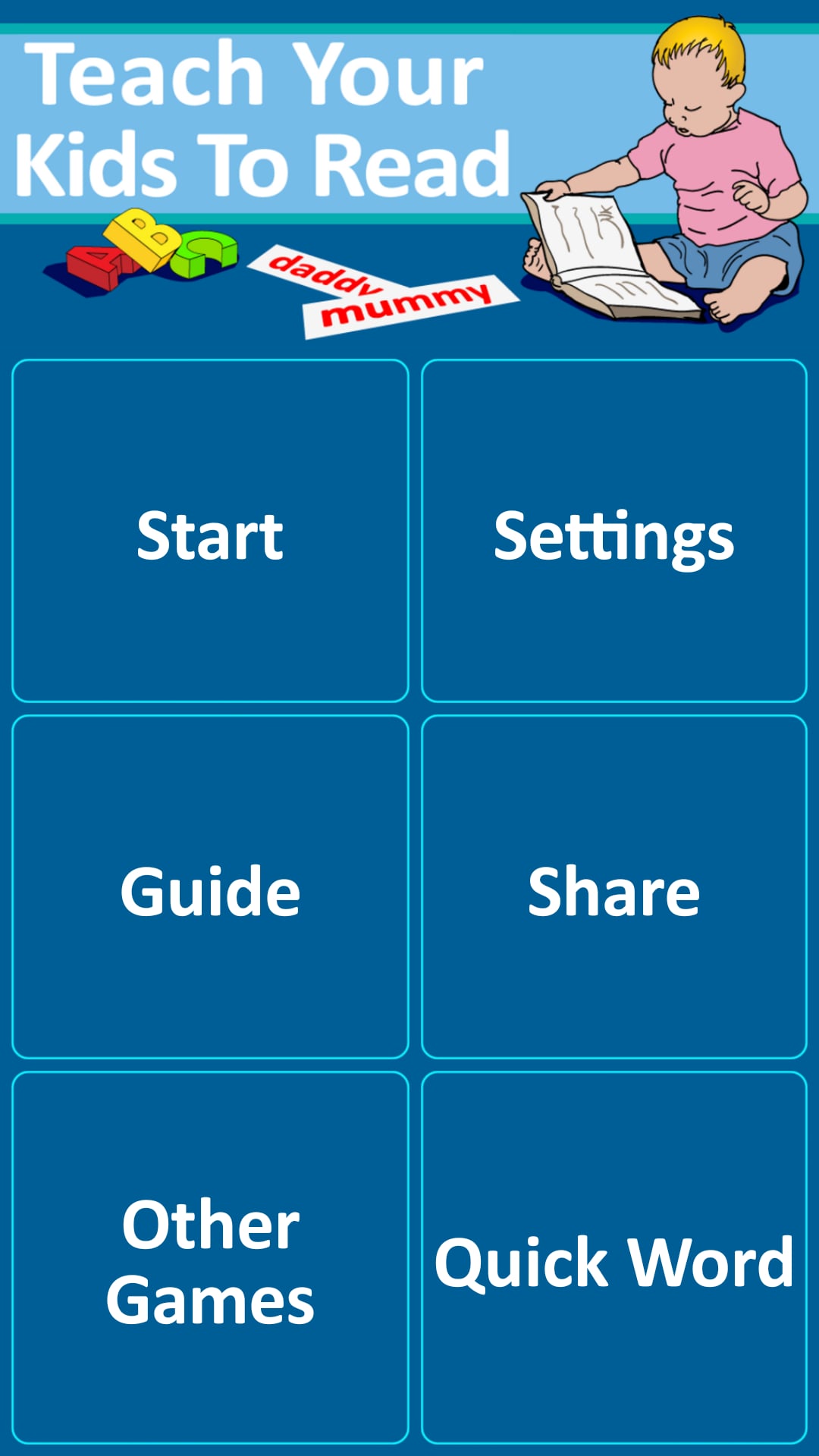 If the two cards match, the player keeps them and takes a second turn. If they do not match, the cards are replaced face down and the next player takes a turn. Play until all the cards are matched. The player with the most pairs wins. If the child has trouble recognizing a word, say the word — do not ask the child to "sound out" the word. The purpose of this game is to build automatic recognition of whole words.
If the two cards match, the player keeps them and takes a second turn. If they do not match, the cards are replaced face down and the next player takes a turn. Play until all the cards are matched. The player with the most pairs wins. If the child has trouble recognizing a word, say the word — do not ask the child to "sound out" the word. The purpose of this game is to build automatic recognition of whole words.
You can control the difficulty of the game by the choice and number of words used: for very beginning readers, choose meaningful words that are visually distinctive: "ghost", "dark", "sister", and keep the number of words low. For a more challenging game, include some words that are less distinctive: "when", "what", "this", "that", but be careful not to overwhelm the child.
Variation 1
Instead of matching pairs, you can use rhyming pairs: look, book; dark, park.
Variation 2
This game can also be used to build letter recognition and letter/sound association. Paste or draw simple pictures on one set of cards; and on the other set, print initial consonants to go with the pictures. For example, paste the picture of a dog on one card, and write the letter "D" on a matching card.
Paste or draw simple pictures on one set of cards; and on the other set, print initial consonants to go with the pictures. For example, paste the picture of a dog on one card, and write the letter "D" on a matching card.
Note: This game can be adapted to use with older children, or more advanced readers: variations can include vocabulary practice such as using homonyms, (words that sound alike but are spelled differently and have different meanings: cent/scent; dear/deer, etc.) or contractions, (can't; cannot, etc.).
Back to Top
2. Go fish
This game is good for early fluent to fluent readers.
To make
Select ten to 20 words from a book (or books) the child is reading. Print the words clearly and boldly on separate 3x5 inch index cards, making pairs of each word. (Children may help by copying the words you write.) Two to four players can play this game.
To play
Shuffle and deal three to five cards to each player. Place the rest of the deck face down.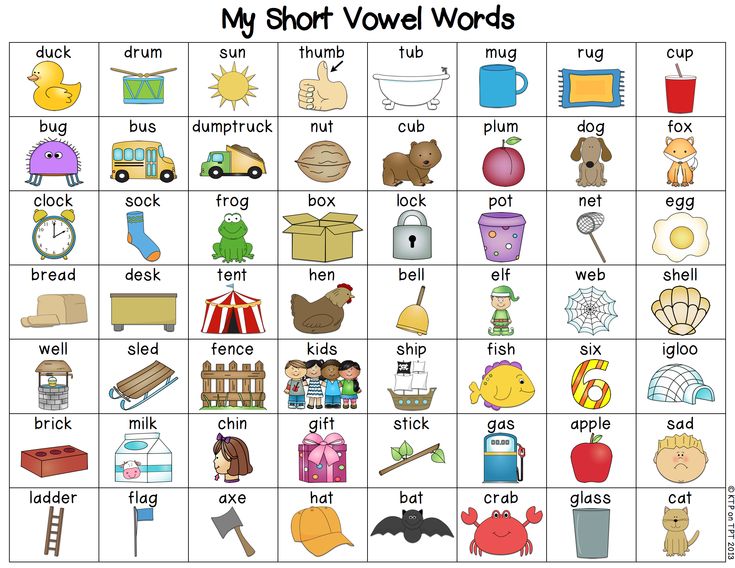 Players take turns asking each other for a card to match one held in his or her hand. If the opponent has a matching card, it is given over, and the first player takes another turn. If the opponent does not have a match, he or she says "Go Fish" and the player draws from the remaining deck of cards, and the next player takes a turn. Each time a player has a match, he or she reads the words, and puts down the pair, face up. Continue the game until the cards are all used up.
Players take turns asking each other for a card to match one held in his or her hand. If the opponent has a matching card, it is given over, and the first player takes another turn. If the opponent does not have a match, he or she says "Go Fish" and the player draws from the remaining deck of cards, and the next player takes a turn. Each time a player has a match, he or she reads the words, and puts down the pair, face up. Continue the game until the cards are all used up.
Instead of matching words, rhyming words can be used. In this case, players ask for "a word that sounds like 'night'..." At the end, the child can earn extra points by dictating or writing additional words that rhyme with the base words, or creating "silly" sentences using the rhymes.
Note: This game can be adapted to use with older children, or more advanced readers: variations can include vocabulary practice such as using homonyms (words that sound alike but are spelled differently and have different meanings: cent/scent; dear/deer, etc.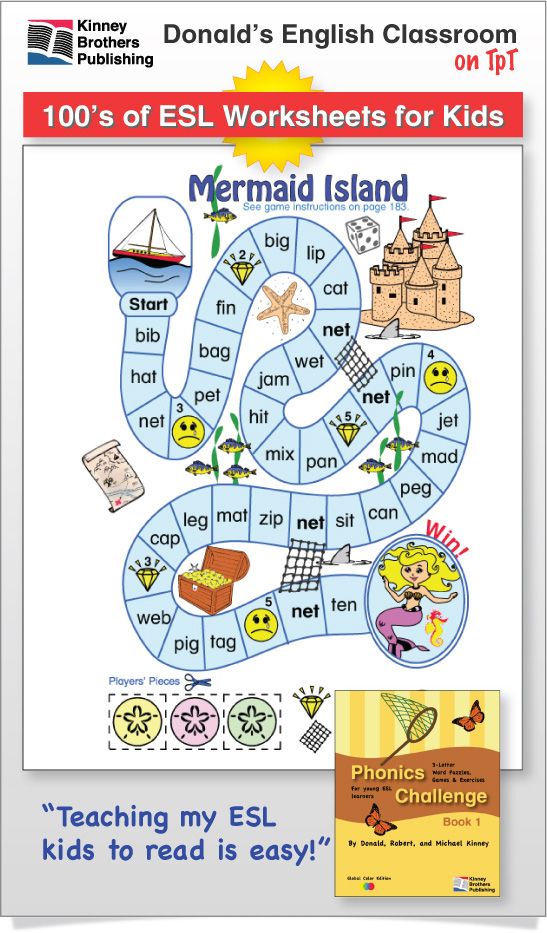 ), or contractions (can't; cannot, etc.).
), or contractions (can't; cannot, etc.).
Back to Top
3. Old maid
To make
Select three words per player from a book (or books) being read. Print them clearly and boldly on separate 3x5 inch index cards, making pairs of words. Choose one more word without a match that will be the winning card.
To play
Shuffle and deal three to six cards to each player. Players take turns drawing a card from a player to their left. If a player draws a card that matches one in his or her hand, he/she reads the two matching words in order to keep the pair. Play continues until all the cards are matched, except for the one odd card. The player who holds that card at the end wins the game.
Note: This game can be adapted to use with older children, or more advanced readers: variations can include vocabulary practice such as using homonyms (words that sound alike but are spelled differently and have different meanings: cent/scent; dear/deer, etc.), or contractions (can't; cannot, etc.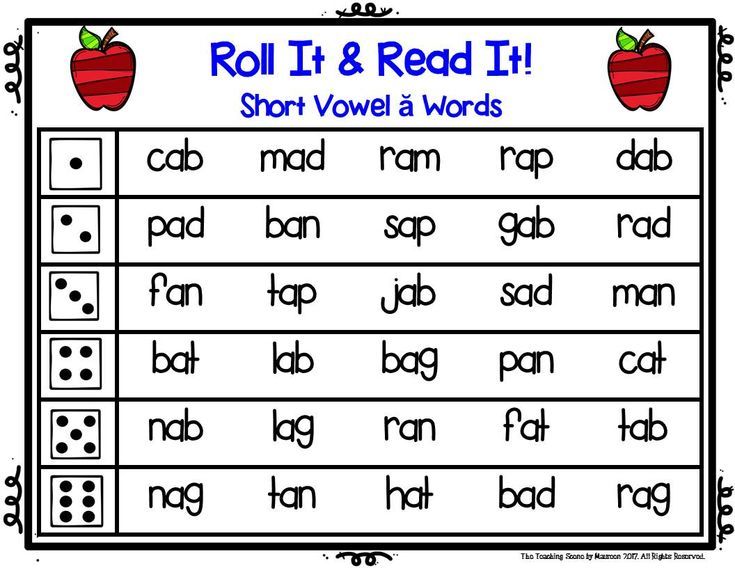 ).
).
Back to Top
4. Monopoly
This is a great game to help teach word family patterns and spelling patterns. This should be used with children who write fairly comfortably, usually second grade or older.
To make
Create a game board with four or five squares on each side. Prepare word cards with families of words that emerge from the child's reading: night, light, tight; went, bent, sent; hat, cat, bat. (For beginning readers or younger children, make sure the patterns are not too similar: mat, sat, rat; man, can, ran; met, set, bet.) Color code each word family and each side of the game board.
Place the words face up around the board in sets. To add to the element of chance, have other game directions on the board, such as "take another turn", "go back 2 spaces", etc. Prepare score sheets for each player with color-coded headings for each word family.
To play
Role dice or use a spinner to move around the board. Wherever a player lands he reads the word, then writes it in the appropriate "word family" category on the score sheet.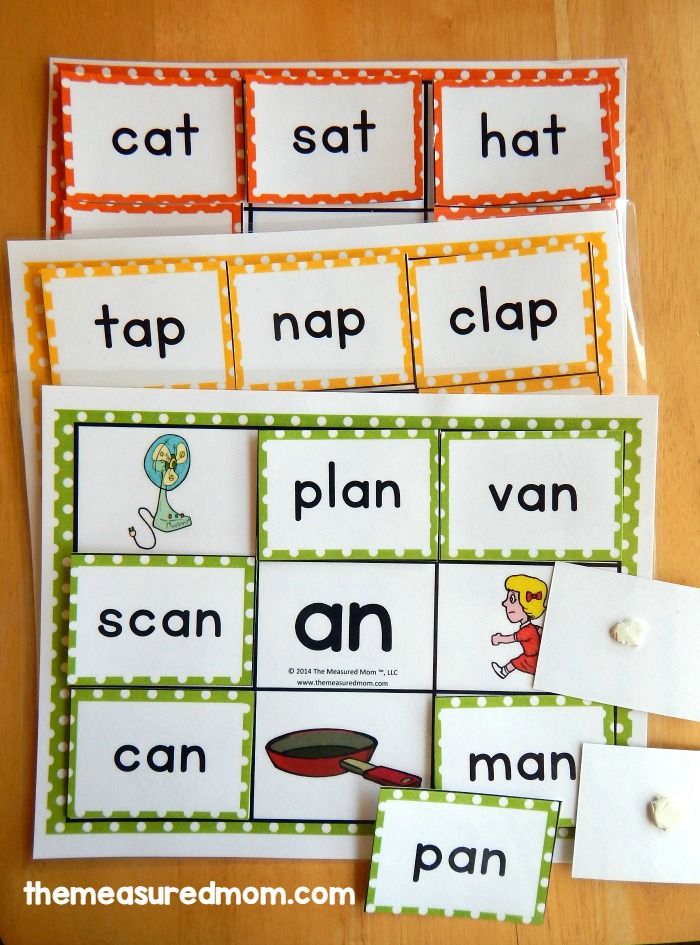 Extra points can be earned by dictating or writing sentences with the rhyming words.
Extra points can be earned by dictating or writing sentences with the rhyming words.
Back to Top
5. Rhyming games
Play rhyming games to teach about the patterns in words. Try the following, for example, for words in the same family as the word black:
- Introduce a poem or rhyming story such as Miss Mary Mack:
Miss Mary Mack, Mack, Mack
all dressed in black, black, black
with silver buttons, buttons, buttons
up and down her back, back, back… - Encourage the child to point out words in books that have a similar spelling pattern as in black.
- Help the child think of other words that have this pattern. You may have to write a few words for him or her:
sack
pack
stackThen have the child read the whole word and underline the repeated part of the word, "ack."
- Using magnetic letters or Scrabble pieces, form a word with the "ack" pattern. Ask the student to change the first letter of the word (for example: 's' in sack) to make a new word, such as pack.
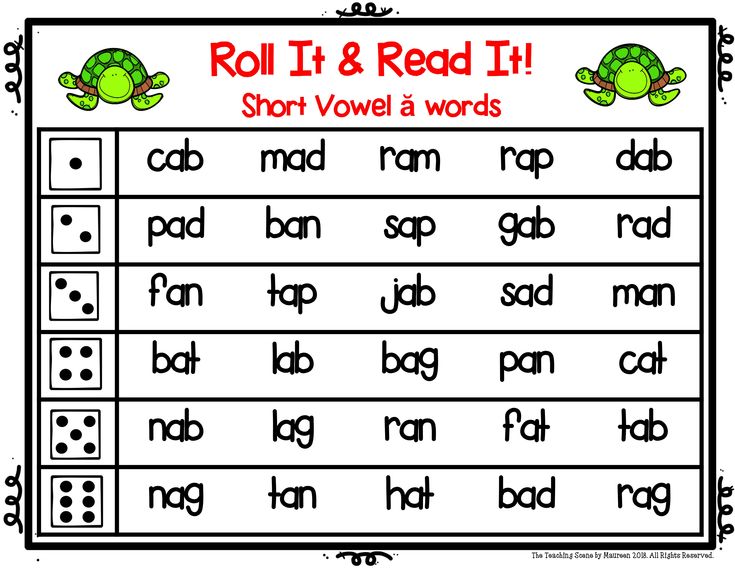 You should be sure to provide a limited number of letters (two or three at first) for the child to choose from.
You should be sure to provide a limited number of letters (two or three at first) for the child to choose from. - Remember to choose a word pattern that is useful and important to the student and that relates to something that he or she has read or will read. If possible, start with a word he or she already knows in the word family. After reading a book about being sad, for example, start with the word "cry" and then follow with "fry", "try", and "wry".
- Remember to review the word families you've chosen to work on periodically by playing some of the other games described above.
- Be sure to give the student a chance to go back to a book, poem, or other texts where he or she can apply this new reading skill. Poems, nursery rhymes, and jump rope jingles are a great resource for early readers.
Back to Top
6. Fishing for sounds
This is a game for emergent readers and writers.
To make
Find and cut out small pictures of familiar objects from magazines, old workbooks, catalogues. Try to find several pictures that start with the same letter, such as book, bed, basket, boy; snake, sun, skate, slide, etc. (The child can help; this is a good language activity too.)
Try to find several pictures that start with the same letter, such as book, bed, basket, boy; snake, sun, skate, slide, etc. (The child can help; this is a good language activity too.)
Cut out 12-15 fish shapes and paste or draw one picture on each fish.
On individual 3x5 inch index cards or on an 8x11 inch piece of paper or cardboard, print consonant letters with a key picture for each group of pictures found. (For example, print the letter "S" with the picture of a sun to represent all the words beginning with that letter.) (If using a sheet of paper, print only two or three letters per sheet.)
To play
Select two or three sets of fish pictures that start with the same letters and mix them up. Place face down on a table and take turns "going fishing." As each fish is turned over, the child names the picture and places it in the appropriate pile under the key letter / picture. When all the fish are caught and placed correctly, have the child "read" the pictures under each heading.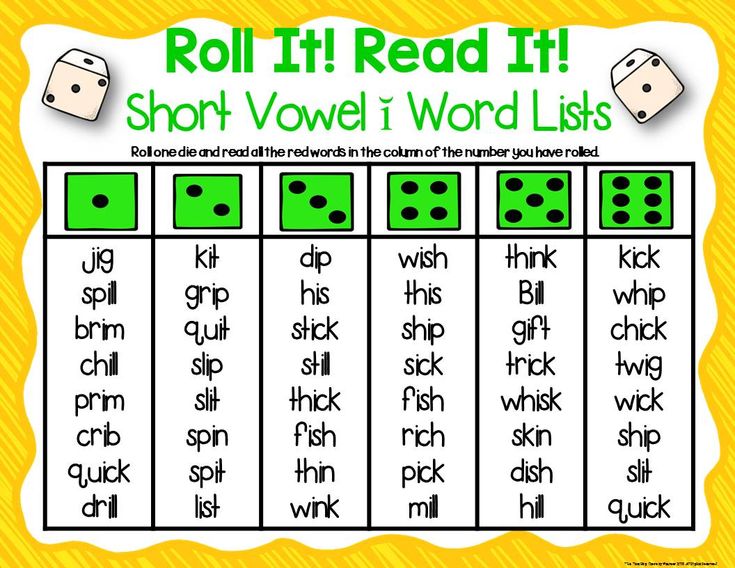 If necessary, read along with him or her, saying the letter name and stressing the initial sound of the word. "Yes, here are 'S' pictures: sssun, sssnake, sssaxophone."
If necessary, read along with him or her, saying the letter name and stressing the initial sound of the word. "Yes, here are 'S' pictures: sssun, sssnake, sssaxophone."
To add excitement, you can play as opponents, each player having one or two categories and key letter / pictures. Take turns fishing, and discard those fish that belong to the other player.
Back to Top
Educational games - Learn to read
- Home
- Toddlers aged 2 to 4
- Learning to read
Educational games "Learning to read" are designed for kids who are just learning to read. Here we will upload games that will help children learn words and syllables, learn how to make words from syllables, find hidden letters and much more. All games are full of bright pictures that will make learning fun and interesting even for very young students...
And if you want to download various teaching materials for reading for printing on a computer, then the section "Teaching reading for preschoolers and not only .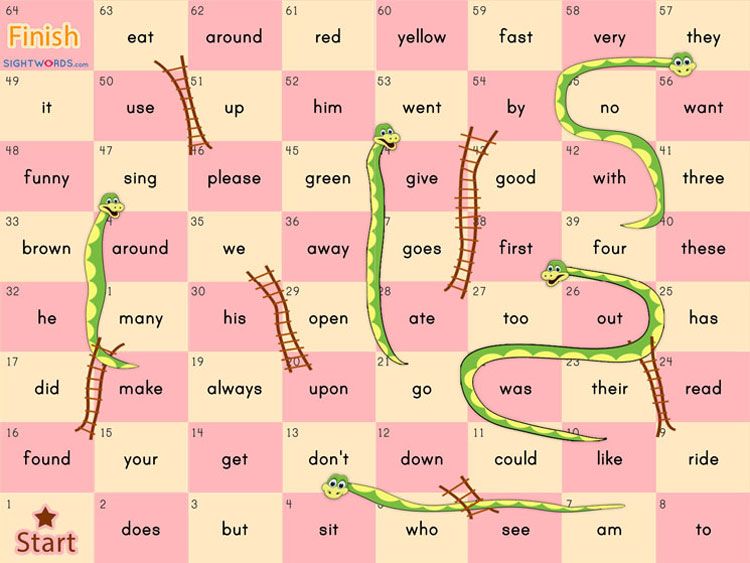 .." will help you. In this section you will find both the Russian alphabet for printing and unique Reading Tasks for syllables, and original Stories with pictures instead of words, and fun colorful tasks Compose a word from letters and much more interesting ...
.." will help you. In this section you will find both the Russian alphabet for printing and unique Reading Tasks for syllables, and original Stories with pictures instead of words, and fun colorful tasks Compose a word from letters and much more interesting ...
This game will teach the child the phonetic transformation of one word into another. The game will help the kid understand that just one letter in a word can completely change the meaning of the word. Tasks are divided into three types: insert the desired letters, remove one letter, change the letter...
In this educational online game we learn to read by collecting words from given syllables. The game is designed for children who are just learning to read. In the game, you need to collect the indicated words on the topic "Vegetables" from the proposed syllables. To do this, you just need to drag the syllables to empty cells with the mouse ...
An educational game in which we learn to read , collecting words from syllables on the theme "Nature" is intended for children who are just taking their first steps in reading.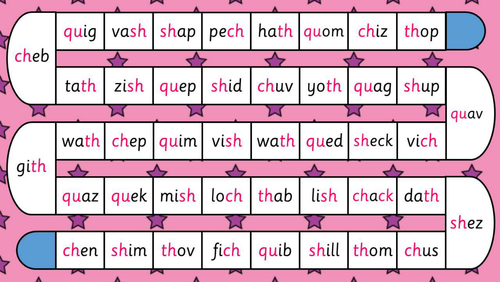 Learn to read better by syllables. The child remembers the sound of each syllable, and then makes words out of them ...
Learn to read better by syllables. The child remembers the sound of each syllable, and then makes words out of them ...
Games - Learn to read with "Funny Alphabet". This game is for kids who already know the alphabet. The game is designed to consolidate the child's learned letters and search for these letters in words. The game consists of 29 levels, each of which represents one of the letters of the Russian alphabet...
When children cannot read yet, the first thing they are taught is, of course, the alphabet. An educational game with the search for letters will help with this. This game for kids from 2 to 4 years old "Find the hidden letters" is an activity for the smallest kids who are just starting to get acquainted with the alphabet...
- Home
- Entrance to the site
- Games
- Cartoons
- Encyclopedia
- Presentations
- Colors
- Children's crossword puzzles
- Copybooks
- Crafts for children
- Mathematics for children
- Training Reading
- Develop Logic
- Learning to draw
- Story on Pictures
- English cards 9000 English tasks in pictures
- Cartoons in English
- Ukrainian alphabet
- Montessori method
- Nikitin method
- Zaitsev method
5 simple games that will teach a child to read with pleasure
“I don’t know what to do! My child doesn't want to learn to read!" many mothers complain.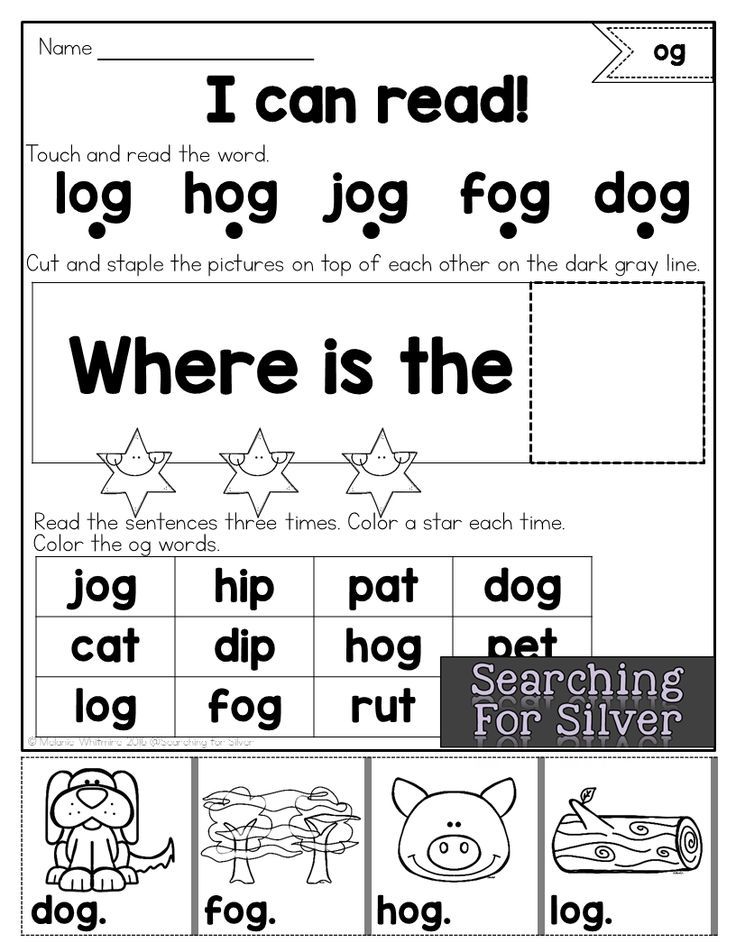 Of course he doesn't! No one will be happy if they are forced to do something boring day after day: “Look, this is the letter “A”. Repeat! Ah-ah-ah-ah! And this is the letter "B". What letter is this?..” As a result, everyone is unhappy: the child who is waiting for all this to end, and the mother who laments, well, why doesn’t anything work out as it should! But in order to teach a child to read with pleasure, you need to show that this process can be creative, very exciting and fun. How to do it? Says the creative mother of two daughters, blogger Natalia Igonina.
Of course he doesn't! No one will be happy if they are forced to do something boring day after day: “Look, this is the letter “A”. Repeat! Ah-ah-ah-ah! And this is the letter "B". What letter is this?..” As a result, everyone is unhappy: the child who is waiting for all this to end, and the mother who laments, well, why doesn’t anything work out as it should! But in order to teach a child to read with pleasure, you need to show that this process can be creative, very exciting and fun. How to do it? Says the creative mother of two daughters, blogger Natalia Igonina.
Natalia Igonina and her daughters Veronica and Valeria
The life of a small child is an amazing country full of discoveries and magic. In order not to ruin his desire to explore the world and learn something new, try to turn even the most boring activity into an exciting game. Those that I offer will not require any expensive materials and a lot of time. All you need is a creative mood and a desire to share your knowledge with a child. Try to do it with love.
Try to do it with love.
Reading in capital letters
To make it interesting for your child to get acquainted with new letters, make a template for tactile-visual memorization together with him. On a sheet of A4 paper, draw a large letter that you are going to study. There are several options for how to play with such a stencil: you can lay out the surface of the letter with pebbles, shells, candies; paint the letter with a brush or fingers; make plasticine patches; roll massage balls along the contour of the letter or draw it on colored sand or semolina. Start learning to read by getting to know the vowels, and then enter one consonant letter at a time and substitute it with the vowels to form the syllables "AM", "EM", "OH", "BA", "BE", "BI" and so on . Take your time, spend one day studying one letter.
Making our own reading simulator
So, we learned all the letters, learned how to add syllables from them. Now let's show the child how to read by syllables. To do this, we need to make a compact simulator. It is not only mobile, but also universal, because with its help you can work out both open syllables (“MA”, “BA”) and closed ones (“AM”, “Hedgehog”). Take transparent caps from sour cream: 5 caps for consonants and 3 caps for vowels. There are 4 letters on each cover. Give the child the "consonant" and "vowel" parts of the simulator and show what happens if you combine them.
To do this, we need to make a compact simulator. It is not only mobile, but also universal, because with its help you can work out both open syllables (“MA”, “BA”) and closed ones (“AM”, “Hedgehog”). Take transparent caps from sour cream: 5 caps for consonants and 3 caps for vowels. There are 4 letters on each cover. Give the child the "consonant" and "vowel" parts of the simulator and show what happens if you combine them.
We read by caps
When the child has mastered syllabic reading, offer him to read short words consisting of three letters. To make such activities interesting, make homemade cards that will help keep your child’s interest for a long time. On a piece of paper, write the syllables "KO", "RA", "VO", "LA", "LE", as well as letter combinations with "windows", for example, Z_L, K_T, R_T, D_M. We will also need white lids from gouache or plastic bottles. Write the letters A, O, Y, K, L, W, Z, T on them with a permanent marker. Invite the child to substitute the caps for the syllables on a piece of paper and fill in the empty “windows” with them.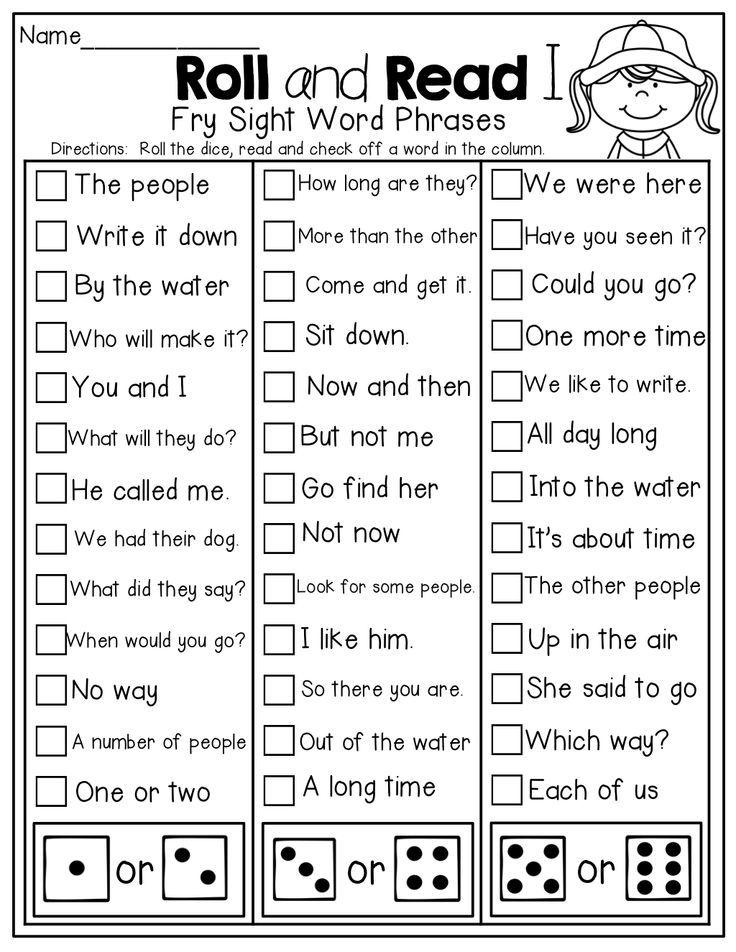 What words did he get?
What words did he get?
Learn to read quickly
To learn how to read fluently, you can play two exciting games that your child will definitely like.
Half word
Cut out some cards from paper. On each of them write words of different lengths and read them together with your child. Now cut each word in half and shuffle all the halves. Ask the child to take any half of the card and understand what the word is written on it. When the child understands the algorithm, feel free to switch to books. Take a ruler or paper strip and cover half of the word or sentence in the text with it. Invite them to read "at the top" of the words, and then at the bottom halves of the sentences. It is very exciting!
⠀⠀⠀⠀⠀⠀⠀⠀⠀
Lost Letters
Take a paper strip and cover the end of the words in the book with it and ask the child to read them in full. When the baby has mastered this exercise, you can complicate the task a little and close the letters in the middle of the word.